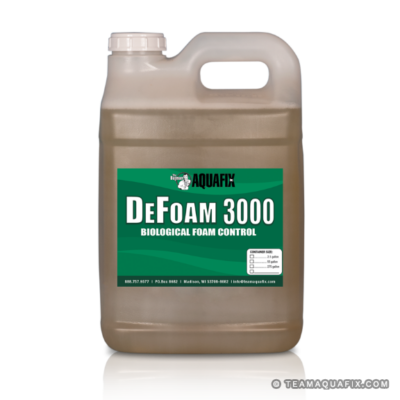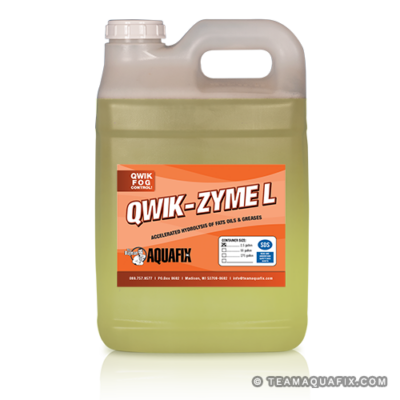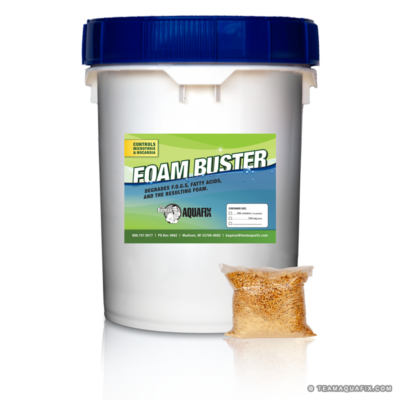
Common Wastewater Misconceptions
by Saylor Gilbert, Aquafix Research Scientist
With new knowledge, techniques, and technologies being researched and discovered, the wastewater treatment industry is constantly growing and requires an ever-evolving mindset. Unfortunately, some knowledge and practices shared throughout the years have become distorted, with advice ranging from not quite right to outright wrong. We will be looking into and addressing three common misconceptions and how these beliefs can be harmful to your WWTP.
Myth 1: Holding higher solids in winter creates a more robust system.
We often see operators holding extra solids going into winter, or just maintaining a higher mixed liquor suspended solids (MLSS) content in general. The fundamental reasons behind doing this are not entirely wrong. The idea is that holding higher MLSS creates a more robust system, one that is more resilient to toxicity, temperature changes, and general upsets. The problem is that in order to achieve these goals we want more living solids; we want to increase our volatile suspended solids (VSS). MLSS and VSS are related to each other but not in a direct and consistent way. When MLSS is increased it does not inherently mean VSS will increase the same amount or at all. In fact, what we often see in reality is locations that increase their MLSS going into winter, but their VSS stays about the same resulting in a very low active biomass. This puts a lot of stress on the system and can sometimes be more detrimental than some of the problems that were initially trying to be avoided by increasing MLSS. The bottom line is that the activated sludge system is comprised of living organisms, and MLSS on its own is not good indicator of living, healthy sludge.
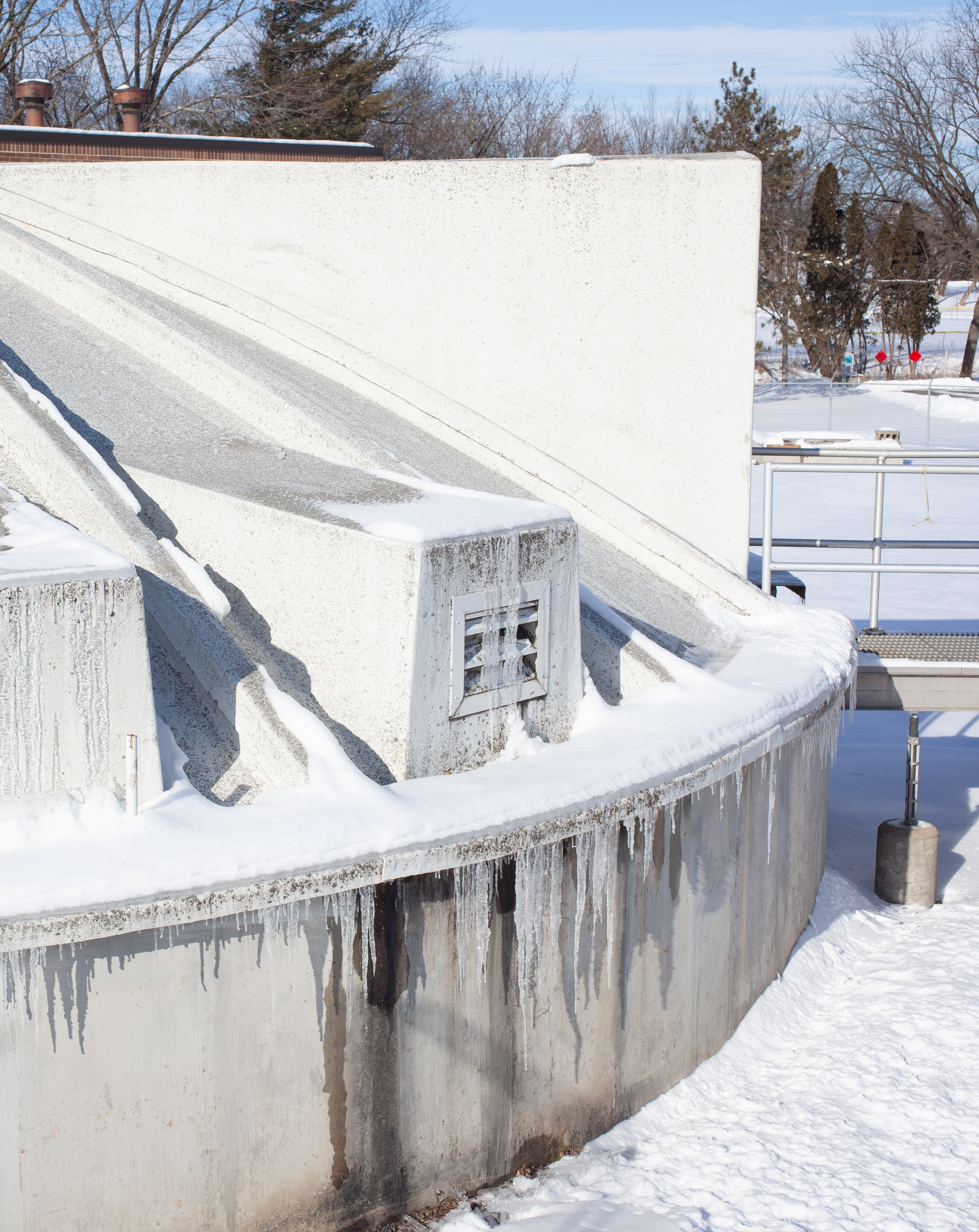
Myth 2: If my plant is running fine, I don’t need to correct mechanical issues.
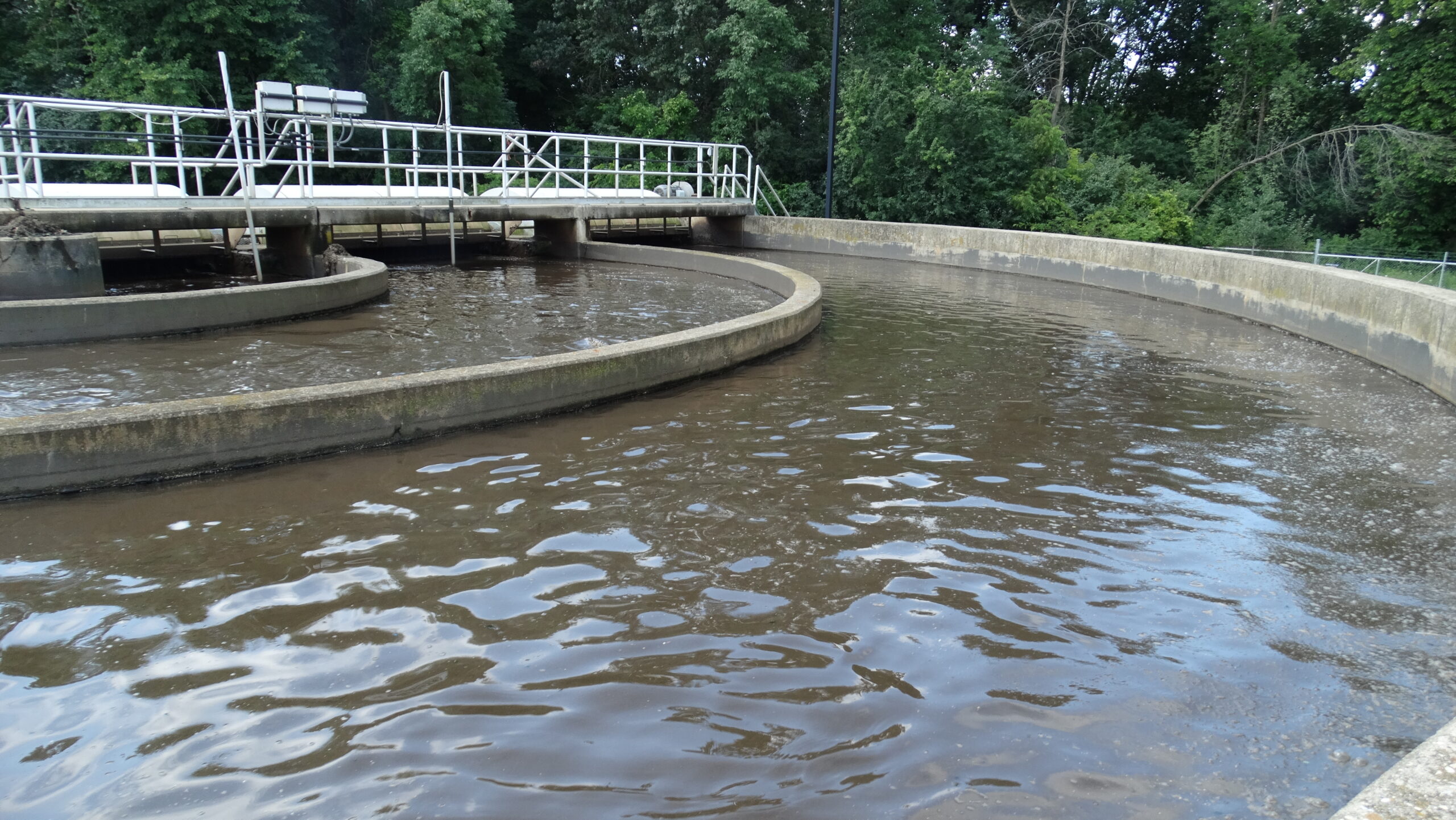
We often see wastewater treatment plants encounter mechanical issues, leading to their primary clarifiers going down. Everything continues to work fine, therefore they never really get around to fixing their primary clarifier or think that they don’t need to. This in particular is dangerous because it runs parallel to a lot of similar occurrences in the field. Healthy systems want to stay healthy; they resist change. The other side of the coin is that unhealthy systems want to stay unhealthy and resist change. The primary clarifier is an amazing, multifunctional tool in the activated sludge process. It plays a significant role in removing incoming fats, oils, and greases. It also removes large, hard-to-degrade particles before they enter your basins and potentially cause problems. Without these functions your plant can slowly shift towards being unhealthy and losing functionality, all the while appearing to be functioning normally.
Myth 3: Foaming isn’t a serious issue and doesn’t always need to be addressed.
The belief that foaming is purely an aesthetic problem seems to have started because a lot of operators deal with some level of chronic foaming, but they don’t necessarily see the functionality of their plant diminishing. While this may be the case it is important to remember that even if everything appears to be fine, foaming itself is a sign that something is going on. Foaming in wastewater is an issue that tends to set a snowball in motion that can lead to major upsets. We see it all the time, plants that go over a cliff and begin to experience more complex problems because they failed to address some simple foaming early on. For instance, a plant may experience a small amount of chronic foam. Let’s say the foam is filamentous foaming caused by Nocardia-like organisms (NALO). The system operates normally, but over time operators notice a growing abundance of low F/M filaments that start to cause bulking issues. Increased low F/M filaments are common in the presence of NALO, as NALO tends to be really efficient at consuming BOD and starving the rest of the system. So, the operator chlorinates to get rid of the low F/M filaments, but this fragments the NALO. Each of those fragments grows into a whole new branched filament and suddenly that small chronic foam has ballooned into a massive foam layer. It is spilling over clarifiers, starving the rest of the system of BOD and D.O., and causing poor effluent numbers. This is just one example of how easy it is for a small problem to compound into a much larger problem. Foam is a sign of stress and it is important to determine the root cause.
I hope that I was able to help dispel some myths or misconceptions today. These are just a few of many. The main takeaway is that wastewater treatment is an ever-evolving industry, and it requires an ever-evolving mindset. If you enjoyed this blog or have any misconceptions/myths that you commonly encounter please reach out and let us know! Thank you for reading!

About the Author
Saylor Gilbert is a Research Scientist for Aquafix and holds a bachelor’s in microbiology. His expert knowledge of toxicity and F.O.G. allows us to push our products forward and continue to provide our customers with top-tier wastewater solutions.

